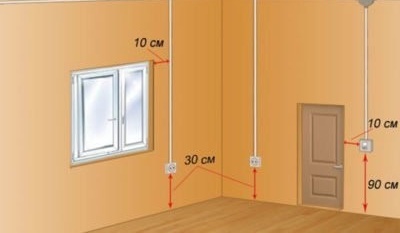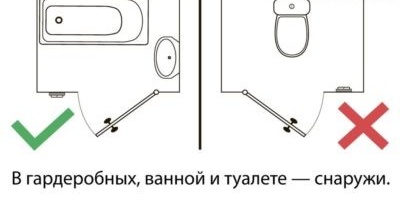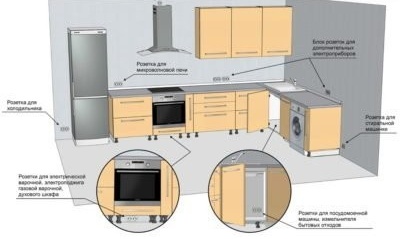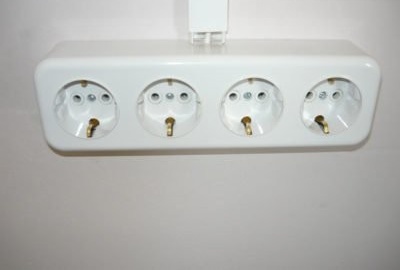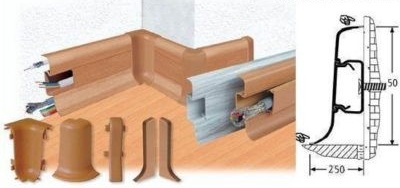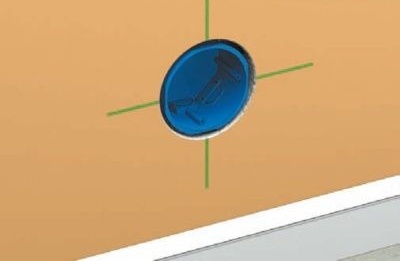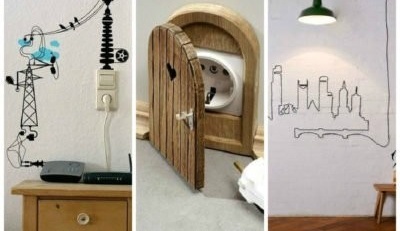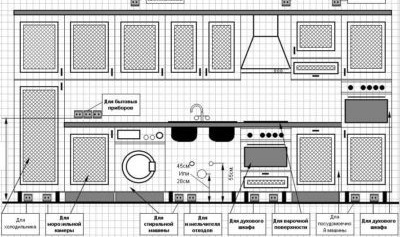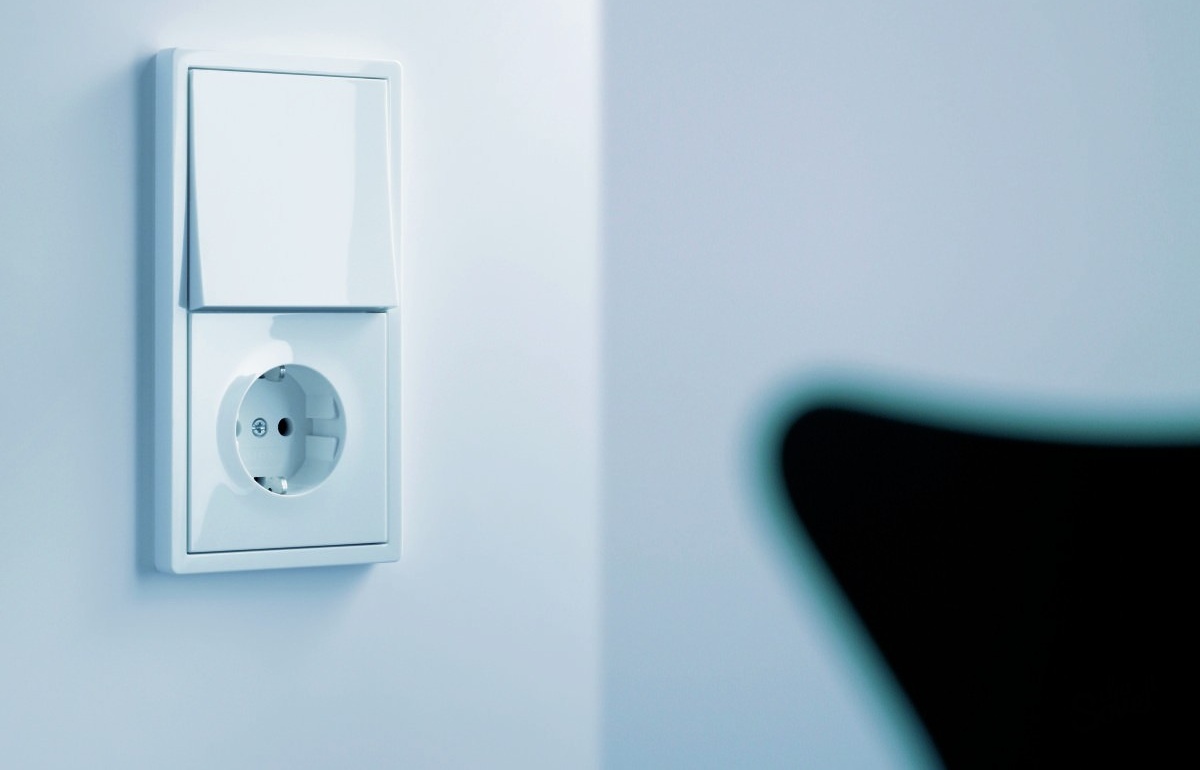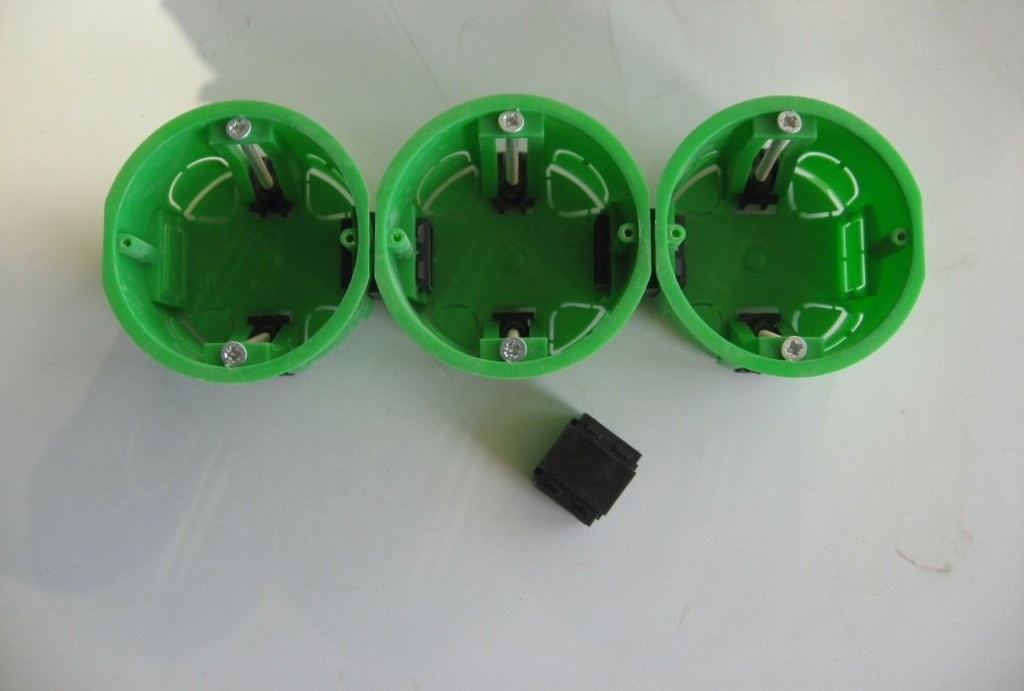Requirements and installation features of sockets and switches in the apartment
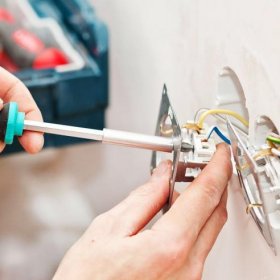
Electric sockets switches - a necessary element in any apartment. Installation of such parts requires compliance with conditions for height, distance and others. The basic rules are relevant for the location and installation of sockets and switches in various rooms, and the design of these elements is also important in the living space.
Content
Technical requirements for the installation of sockets and switches in the apartment
Switches and sockets are used to control the lighting. Elements of the electrical network need to be installed correctly. For this, there is a set of requirements, including the main points that must be taken into account during installation. Moreover, the requirements are general in nature, and the rules are necessary to ensure safety.
The most modern are the requirements of the European standard.
The recommended installation height for the switches is 90 cm above the floor. This placement makes invisible elements of the electrical circuit in the overall interior of the room. Ease of use is also an advantage of the location of the switches. The distance from the edge of the door to the switch must be at least 10 cm.
Previously, the elements of the electric network were mounted according to the rules of the Soviet standard. At the same time, the switches are mounted at a height of 160 cm, which often causes inconvenience. The rules are optimal for residential premises. In production shops, public places and other similar areas, slightly different principles are used in the installation of switches and sockets.
Security measures
At installation of switches It is important to consider their safe location. Power supply elements must be positioned so that the door does not touch them when opened. Placing the elements on the wall from the side of the door handle makes the lighting control convenient and safe.
It is especially important to comply with the requirements for safe installation in rooms with high humidity. In the bathroom, the electrical circuit parts are installed outside, and not indoors. When carrying out any kind of work with the electrical system, it is important to first disconnect the voltage. After this, you need to make sure that there is no stray current, and for this, a voltage indicator is used.The ends of the bare wire, through which the current supply is turned off, is additionally checked with the tip of a finger, but you can not grasp the element with two fingers.
Read also our material with instructions for transferring, replacing and repairing switches and sockets:https://aquatech.tomathouse.com/en/ehlektrosnabzhenie/zamena-perenos-ili-remont-vyklyuchatelya.html.
Preparatory work
Correct installation of any elements of the electrical system involves preparation. For this, the location of each element is determined. External devices are mounted on the surface of the wall and do not require the use of complex tools. For built-in types of sockets and switches, you need to make holes in the wall according to the size and shape of the part. Channels for laying wires are also needed. Strobing of furrows is carried out with a complete replacement of wiring and switches. After preparing the holes, the rosettes are installed.
Design
Before installing switches and sockets, it is important to determine their location, location for the junction box and other significant points. This takes into account the location of household appliances. In the living space, sockets and switches are needed in every room.
For outdoor use
When placing elements outside the wall, special types of sockets and switches are used - overhead. A preliminary arrangement of all parts is made. Further, the installation process includes the following steps:
- in place for a socket or switch, a wooden block of plywood about 10 mm thick is attached to the screws. The size of the element must exceed the dimensions of the outlet by 20 mm;
- from the new outlet, remove the upper plastic box and remove the plug that covers the place for the wire;
- the terminal block is screwed to the block with screws, and the electrical wires are connected.
For internal location
The internal placement of switches and sockets allows you to make them more compact. At the same time, the preparatory stages of the work consist of ditching the furrows for the cable, making holes for the sockets. For this, a hammer drill with a suitable “cup” type drill is used. At the same time, the depth of the hole should be equal to the height of the walls of the socket.
Video: installation of the sockets
With a low arrangement of devices, the channel for the wire can be directed downward, while the cable is further laid under the baseboard and there is no need to ditch many holes.
A socket is installed in the hole, wires are output, to which a switch or socket is attached. In conclusion, the top cover is fixed.
Design of sockets and switches
The internal design of sockets and switches has a single device principle. These details are especially diverse in appearance. Models with a white case are classic, but there are also color options. Also, when designing an interior design, various methods of designing elements of the electrical system are often used.
Sockets and switches are easy to match to the plain color of the walls. If such a decor option is not possible, then it is best to design the elements in an unusual way. If possible, sockets and switches are hidden behind furniture, decor items and other details. It is important to prevent foreign parts from getting inside the device. If children live in the room, then special plugs and “curtains” are used.
See also material on the arrangement of electric retro wiring:https://aquatech.tomathouse.com/en/ehlektrosnabzhenie/retro-provodka-v-derevyannom-dome.html.
Standards for the height, location and installation of outlets and switches do-it-yourself
Standards for installation, operation of various parts of electrical systems are regulated by the Electrical Installation Rules (PUE) and GOST. These standards require compliance with basic standards when selecting, installing and operating devices. This ensures the safety and high quality of the systems.
Installation height according to PUE
The main points of the PUE regarding the installation of switches and sockets, suggest the following features:
- the minimum distance from switches, sockets and electrical components to gas pipelines should be at least 0.5 m;
-
it is recommended to install the switches on the wall from the side of the door handle at a height of up to 1 m, it is allowed to install them under the ceiling with control using a cord. In premises for children to stay in day care centers (kindergartens, nurseries, schools, etc.), switches should be installed at a height of 1.8 m from the floor;
- any switches and sockets must be at least 0.6 m from the doorway of the shower cabin.
Requirements for placement in accordance with GOST and SP
According to the established GOST standard, the number of sockets and switches in a residential type of premises is determined by the user. At the same time, the norms for the placement of these elements are observed. The distance from outlets to stoves and air conditioners is not standardized.
Euro standard installation height
The European standard assumes a convenient and safe location of the elements of the electrical network. The height of the switches is 90 cm from the floor. Sockets can be located at a height of 30 cm.
Nuances of requirements for various institutions
In the premises and institutions for children of any age, sockets and switches are located at a height of about 1.8 m from the floor. At catering establishments, sockets are mounted at a height of 1.3 m. The height of the lighting fixtures and their power are selected depending on the convenience of users and work efficiency.
You may be interested in material about installing and connecting a cross switch:https://aquatech.tomathouse.com/en/ehlektrosnabzhenie/perekryostnyj-vyklyuchatel-dlya-chego-nuzhen-i-kak-ego-podklyuchit.html.
Installation Requirement Myths
The established requirements are the main ones when installing sockets and switches in residential and other rooms. In this case, you can use the free location method, that is, fix the elements in an order comfortable for the user. This option is often considered the only one, but we must not forget about the standards that ensure safety.
Video: self-installation of switches in the room
All elements of the electrical circuit are important and require safety during installation and operation. Compliance with requirements and standards is the solution necessary to achieve high quality work.
